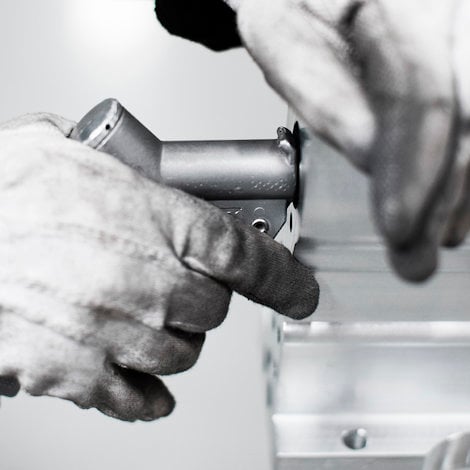How wrought aluminium alloys are categorized, divided and designated
Aluminium alloys are alloys in which aluminium is the predominant metal, and today we have more than 540 registered alloy compositions. With this large number, having a robust system for categorization is paramount. Let me describe what our system looks like, and how it works.
I mentioned that aluminium alloys are compositions consisting mainly of aluminium, to which other metallic elements have been added to alter or increase their properties. The primary alloying additions to aluminium are copper, manganese, silicon, magnesium and zinc. We can also add other elements in smaller amounts for grain refinement and to develop special properties.
For instance, we see more silver, lithium and scandium being added in small quantities to create alloys for use in aerospace applications.
Due to this wide range of compositions, the U.S. Aluminum Association developed designation systems to distinguish the alloys in a smart way. These came into being about 70 years ago. The International Organization for Standardization (ISO) then adopted the designation system in 1970, applauding its simplicity and flexibility.
Separate categories for wrought and cast aluminium alloys There are separate classification systems for aluminium alloys, depending on how the alloys are formed. One is for wrought alloys, the other is for cast alloys. These are further divided into categories for heat-treatable and non-heat-treatable alloys.
The category for wrought alloys is quite broad, because aluminium can be formed by many different processes. Wrought forms include:
- Extrusions
- Sheet and plate
- Foil
- Bar and rod
- Wire
- Forgings
Cast alloys are formulated to flow into sand or permanent molds, for die casting, or to any other process where the casting is the final form.
Four-digit numbers for wrought alloys Each alloy in these categories is designated by a number that identifies it as either wrought or cast, and which broadly describes the alloy.
Wrought alloys have four-digit numbers. The first digit classifies the alloy series or the primary alloying element.
Now comes the second. Having zero as the second digit indicates unalloyed aluminium with natural impurity limits, while alloys where the second digit is 1 to 9 are variations of the original alloy. Modifications to the original. For instance, alloy 6160 is the first variation of alloy 6060.
The last two digits are arbitrarily assigned to identify specific alloys within a series – the sequence in which it was created within that particular series. The exception is the 1xxx series, where the last two digits represent the aluminum purity within the alloy. For example, alloy 1050 contains a minimum of 99.50 percent aluminium.
If this is still confusing, then let us try another example, with aluminium alloy 6360.
First off, the digit 6 tells us this is a 6xxx series alloy and that it uses magnesium and silicon as its main alloying elements. The last two identify the specific 6xxx series alloy.
In addition to the numbers, you may also see alloys where the four-digit identification is followed by a letter. These are what we call variations. An example is 6005A. I won’t get into that now.
Three-digit numbers and a decimal for cast alloys Cast alloys are assigned three-digit numbers followed by a decimal point. As with wrought alloys, the first digit identifies the alloy series or primary alloying element, while the second and third numbers indicate the specific alloy.
The decimal shows whether the alloy composition is for finished castings or for ingot.
Examples are 2xx.x for copper and 4xx.x for silicon.








